التحول الرقمي في الرعاية الصحية في الشرق الأوسط: كيف تعيد الذكاء الاصطناعي تشكيل العلاقة بين المريض والطبيب
✅ المقدمة
مع تزايد الاستثمارات في التحول الرقمي والذكاء الاصطناعي من قبل دول الشرق الأوسط، يشهد قطاع الرعاية الصحية نمواً سريعاً في التطبيقات الذكية. لم تَعُد هذه التحولات مقتصرة على المستشفيات الحضرية الكبرى، بل امتدت إلى المناطق الريفية والضواحي، ما يفتح المجال لتغيير جوهري في طريقة تقديم وتشخيص العلاج. في هذه المقالة، نحلل بشكل مبسّط وعملي كيف تسهم تقنيات الذكاء الاصطناعي في تحسين كفاءة الرعاية الصحية وعدالتها.
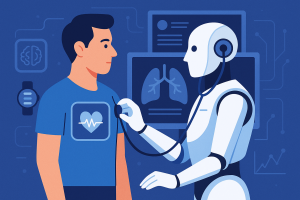 1. تحليل الصور الذكية: ما بعد الأشعة التقليدية
1. تحليل الصور الذكية: ما بعد الأشعة التقليدية
في الإمارات والسعودية، أصبحت أنظمة تحليل الصور المدعومة بالذكاء الاصطناعي أداة أساسية في المستشفيات، تُستخدم لقراءة صور الأشعة السينية (X-Ray)، التصوير الطبقي المحوري (CT) والتصوير بالرنين المغناطيسي (MRI).
تُستخدم هذه الأنظمة في:
-
تشخيص الأورام في مراحلها المبكرة
-
اكتشاف التهابات الرئة
-
مراقبة أمراض القلب والأوعية الدموية
وتُظهر الدراسات أن الذكاء الاصطناعي يمكن أن يتفوق على الأطباء في الدقة والسرعة في بعض الحالات، مما يتيح تدخلًا مبكرًا قبل تفاقم الحالة.
🔑 الكلمات المفتاحية: تحليل الأشعة بالذكاء الاصطناعي، تشخيص الأورام، صور CT، تقنية الرؤية الحاسوبية
2. أين المريض؟ أجهزة تتبع ذكية ويوميات صحية
أجهزة قابلة للارتداء مثل:
-
الساعات الذكية
-
أشرطة الصدر
-
أجهزة مراقبة الضغط والسكري والأكسجين في الدم
تُستخدم الآن في الرعاية عن بعد، وتلتزم بمعايير حماية البيانات مثل HIPAA والقوانين المحلية.
تُرسل هذه الأجهزة بياناتها عبر تطبيقات متصلة بالهاتف إلى الأطباء لتحليلها. عند وجود قراءات غير طبيعية، يتم تنبيه المستخدم أو جدولة استشارة طبية تلقائية.
🔑 الكلمات المفتاحية: تتبع صحي، أجهزة قابلة للارتداء، الرعاية الصحية عن بعد، البيانات الحيوية، ضغط الدم، الجلوكوز
3. تأهيل الطواقم الطبية: الذكاء الاصطناعي يدخل كليات الطب
بدأت العديد من كليات الطب في الشرق الأوسط إدخال تعليم البرمجة والذكاء الاصطناعي ضمن مناهجها.
-
تُدرَّس الخوارزميات، تحليل البيانات، وأساسيات التعلم الآلي للطلبة
-
المستشفيات تؤسس مراكز ذكاء اصطناعي داخلية
مثال: مستشفى الملك فيصل التخصصي في السعودية أنشأ مركزًا متكاملًا للذكاء الاصطناعي بتمويل يناهز ملايين الدولارات، بالشراكة مع شركات تقنية رائدة، لتطوير أدوات التشخيص والخدمات الذكية.
🔑 الكلمات المفتاحية: تدريب الأطباء على الذكاء الاصطناعي، مركز ذكاء اصطناعي طبي، كليات طب المستقبل
4. البيانات الضخمة والعلاج المخصص
بخلاف التحاليل التقليدية، تمكّن أنظمة الذكاء الاصطناعي المستشفيات من تقديم توصيات علاجية بناءً على:
-
الخصائص الجينية للمريض
-
التاريخ الصحي الفردي
-
المؤشرات الحيوية الفريدة لكل شخص
هذه الآليات تفتح الباب أمام الطب الشخصي، الذي يضع خطة علاجية مخصصة لكل مريض بدلاً من النهج العام الموحد.
🔑 الكلمات المفتاحية: الطب الشخصي، تحليل الجينات، تخطيط علاج مخصص، البيانات السريرية
✅ الخاتمة: الذكاء الاصطناعي في الطب… ليس المستقبل، بل الحاضر
لم يعد الذكاء الاصطناعي مجرد فكرة مستقبلية، بل أصبح واقعاً فعلياً يطبَّق في المستشفيات والمراكز الصحية في الشرق الأوسط.
سواءً كان ذلك في تحسين التشخيص، أو مراقبة الحالة عن بُعد، أو تخصيص خطط العلاج—النتيجة هي رعاية صحية أسرع، أدق، وأكثر إنصافاً.
🎯 لاكتشاف المزيد حول أدوات الذكاء الاصطناعي في الرعاية الصحية، التحاليل الذكية، والأجهزة المتقدمة، يُرجى زيارة موقعنا:
👉 www.xinrea.com
📌 ملاحظات للنشر (اختياري)
-
Meta Title (Arabic): الذكاء الاصطناعي والرعاية الصحية في الشرق الأوسط 2025
-
Meta Description (Arabic): كيف يغير الذكاء الاصطناعي مستقبل الرعاية الصحية في الشرق الأوسط؟ اقرأ عن التشخيص الذكي، الأجهزة القابلة للارتداء، والعلاج المخصص.
-
الوسوم (Tags): #الذكاء_الاصطناعي_الطبي #الرعاية_عن_بعد #الطب_الشخصي #تحليل_الصور #الصحة_الرقمية

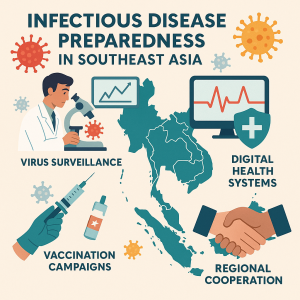 Introduction
Introduction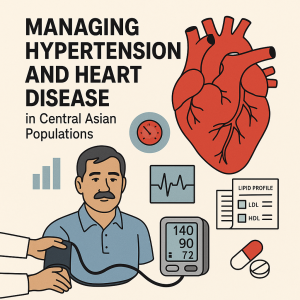 Hypertension and heart disease are rising public health challenges across Central Asia. As urban lifestyles shift and aging populations grow, healthcare systems in countries like Kazakhstan, Uzbekistan, Kyrgyzstan, and Tajikistan are facing a surge in cardiovascular conditions. Accurate diagnosis and timely treatment are critical—and that’s where advanced diagnostic devices come in.
Hypertension and heart disease are rising public health challenges across Central Asia. As urban lifestyles shift and aging populations grow, healthcare systems in countries like Kazakhstan, Uzbekistan, Kyrgyzstan, and Tajikistan are facing a surge in cardiovascular conditions. Accurate diagnosis and timely treatment are critical—and that’s where advanced diagnostic devices come in.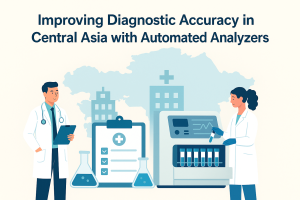 Healthcare Challenges in Central Asia
Healthcare Challenges in Central Asia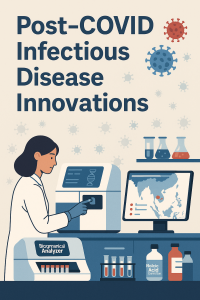 Introduction
Introduction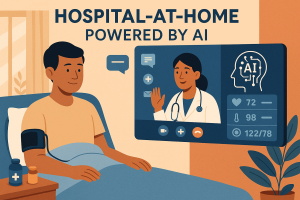 Introduction
Introduction
 Introduction
Introduction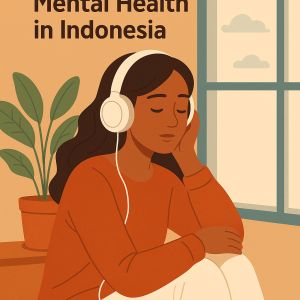 Introduction
Introduction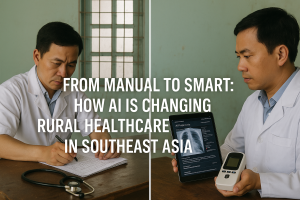 In many rural regions of Southeast Asia, healthcare systems are grappling with persistent challenges—doctor shortages, outdated medical infrastructure, and limited diagnostic capabilities. But the rise of artificial intelligence (AI) in healthcare is beginning to rewrite this narrative. From automated diagnostics to remote monitoring and predictive analytics, AI-powered solutions are enabling rural clinics and hospitals to bridge the urban-rural healthcare divide.
In many rural regions of Southeast Asia, healthcare systems are grappling with persistent challenges—doctor shortages, outdated medical infrastructure, and limited diagnostic capabilities. But the rise of artificial intelligence (AI) in healthcare is beginning to rewrite this narrative. From automated diagnostics to remote monitoring and predictive analytics, AI-powered solutions are enabling rural clinics and hospitals to bridge the urban-rural healthcare divide.